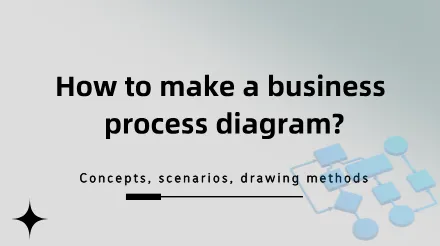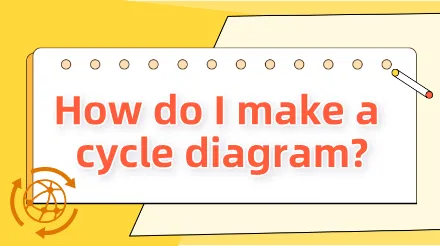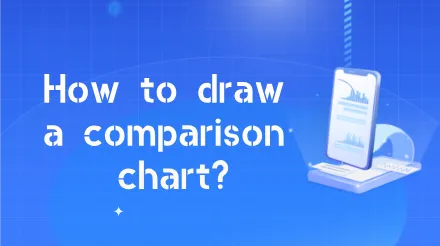A cycle diagram is a graphical representation method used to visually display the cyclic relationship in a process, system or event. In the field of natural science, there are water cycles and carbon cycles; in the field of engineering technology, there is the PDCA cycle; in the field of the Internet, there are life cycle cycles of products, technologies, data, etc. The cycle diagram can clearly present the complex cycle process through simple and clear graphics and lines, helping people better understand and analyze the cycle phenomenon.











